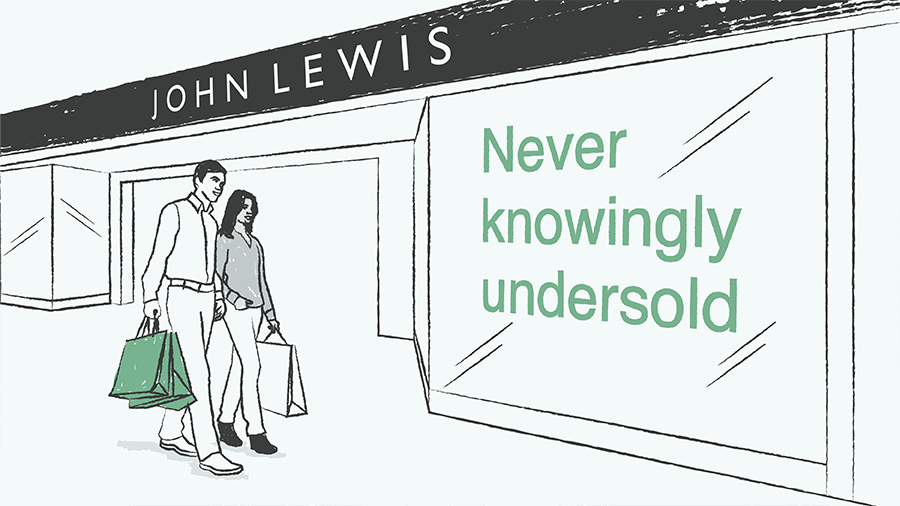
Put UX at the heart of what you do and your customers will thank you. Here we explain why…
User Experience (UX) has become one of the most important focus points for executives over recent years as consumers become more informed and thus more demanding. What UX boils down to is how well your digital product and your brand communicate with the customer. The pinnacle of UX then is pure and seamless symbiosis where the user experience is so natural and intuitive that it is almost imperceptible, and that doesn’t change whether you are offering a service or product. One would argue good UX is simply a consequence of good digital product design or the roll-out of a comprehensive service, but the secret lies in UX being at the centre of the design stage rather than as a result of it. Putting the consumer’s needs first can reduce a lot of R&D time and cost and can ensure that your product hits the market without any glitches or teething problems.
With all that said, how does an executive invest in UX in a way that boosts the bottom line? UX gurus UserTesting.com compiled some very interesting data recently highlighting the efficacy of UX investment so we thought it would be useful to share some of its findings:
1. Firstly, let’s approach a shift in retail behaviour – B2C and B2B buyers are more mobile than ever, with 75% of shoppers using their mobile device in stores with 33% of those making an online purchase while in said store. In 2014, 68% of time spent on Target mobile properties was in-app vs. web, up from 21% in 2013. Thus, online UX of consumer retail sites must be seamless, even when your customer is actually physically inside your bricks and mortar store.
2. What happens if you ignore this consumer behaviour? You get hit with a double whammy: usertesting.com found that 89% of consumers purchased from a competitor following a poor customer experience.
3. Investing in UX increases customer acquisition. usertesting.com dug out some great examples: Zillow boosted conversions by 8% by providing geographic context to home listings; Stubhub saw a 2.6% lift in purchase rate by replacing a text link with a button; and Bank of America saw a 45% increase in yield of a 5-step online banking enrolment process. That’s all pretty impressive, especially when you consider that it costs 6 times more to attract a new customer than it does to keep an old one and a 5% increase in customer retention increases profits up to 125%.
4. Every $1 invested in UX will bring $2 to $100 in return.
Clearly then, there is a lot to be said for investing in UX. It’s easy to say you have your consumers’ needs at the core of your product or service, but do you really? For example, have you tested and optimised every single detail of your online experience? If you haven’t pursued a specific UX strategy review, then the chances are you’re leaving profits on the shelf as well as your consumers.
To shift your organisation’s focus onto the customer and their experience of your product or service requires talented and confident personnel. At ORESA, we pride ourselves on finding the very best individuals with peerless track records and who are, most importantly, a great fit. To find out how investing in UX personnel can give you an edge over your competitors, please get in touch for a confidential discussion.
(You can see the pretty infographic with sources here, (http://www.dtelepathy.com/blog/business/the-roi-of-ux-convert-the-skeptics-with-this-infographic)
















